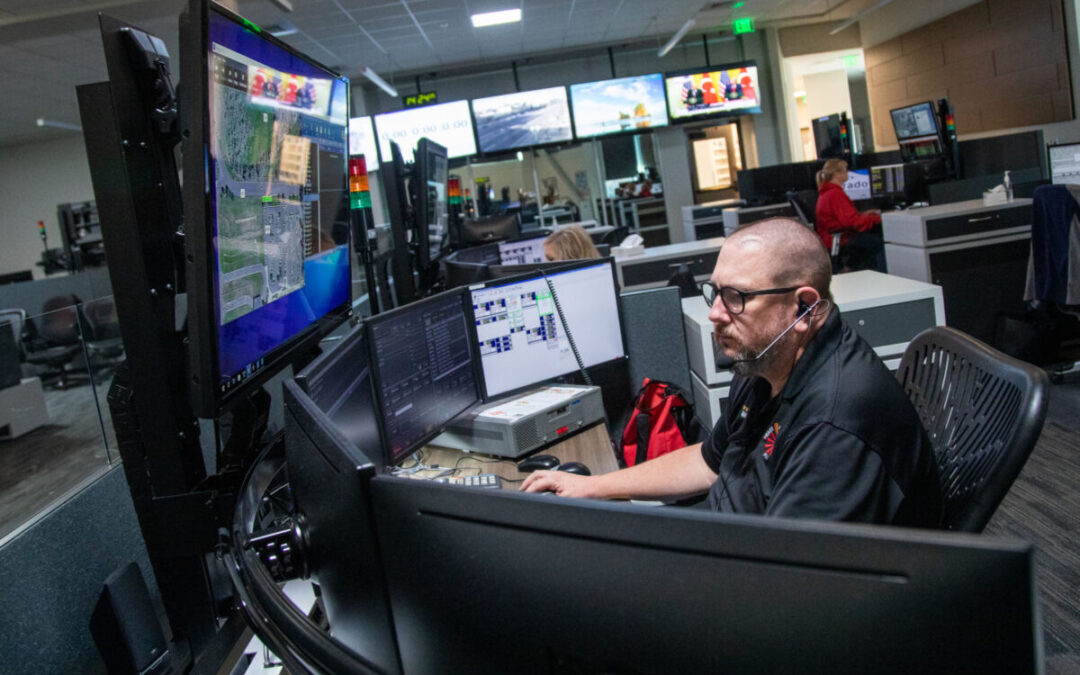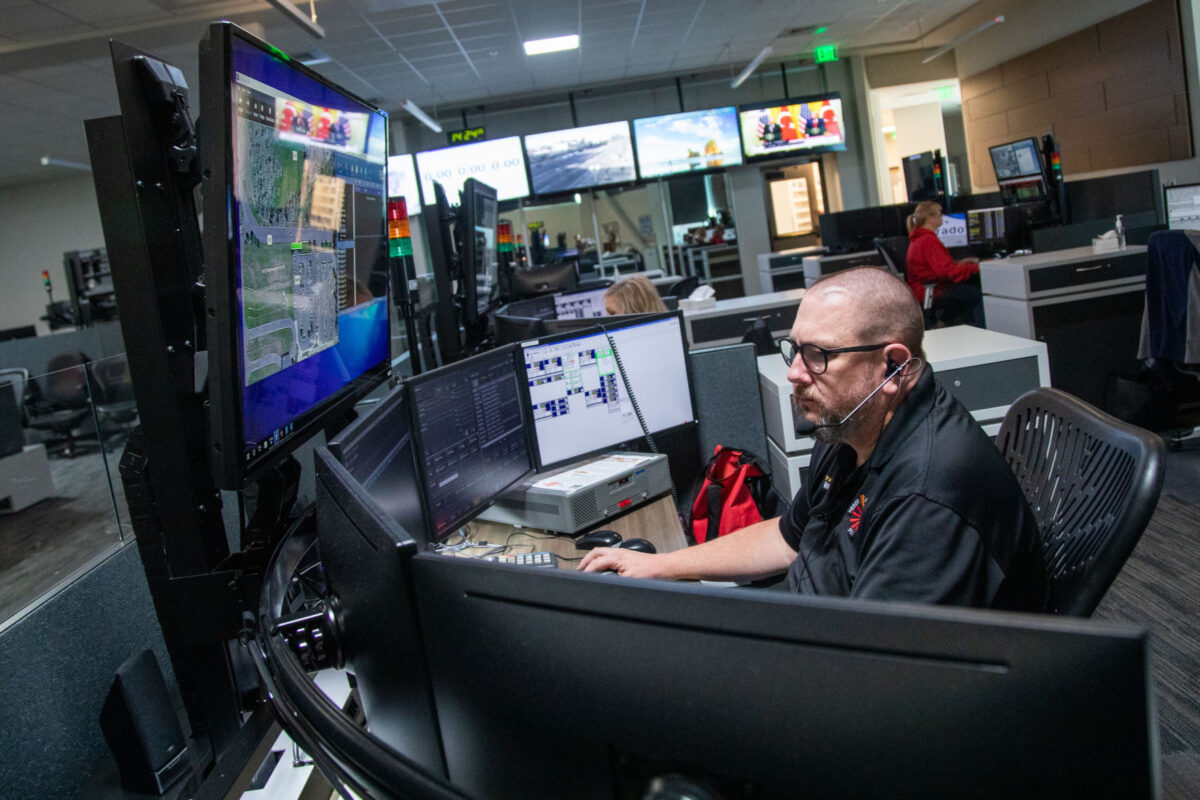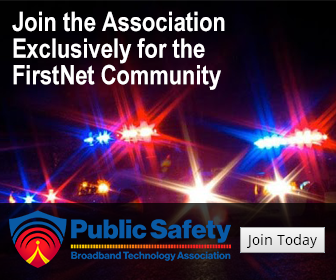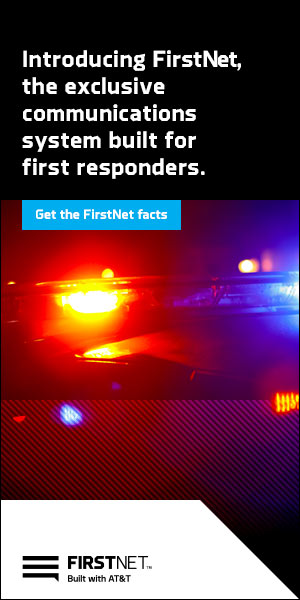by AllThingsECC.com | Nov 2, 2021 | Articles, Comm Center News
A unique public-private partnership provides broadband for public safety services and for rural areas that have been traditionally underserved or unserved.
By Mark L. Ryckman, ICMA-CM; and Kenzie Capece | Nov 01, 2021 | PM MAGAZINE
For the first time, public safety has a nationwide broadband network it can call its own. Known as FirstNet, the network is built through a public-private partnership between the federal government and the global telecommunications carrier AT&T. Overseen by the First Responder Network Authority (FirstNet Authority), a federal government entity, this nationwide broadband network is revolutionizing the delivery of public safety services. READ FULL ARTICLE
by AllThingsECC.com | Nov 1, 2021 | Articles, Comm Center News
About 95% of once-proposed federal funding to accelerate next-generation-911 (NG911) deployment nationwide was eliminated from the text of the $1.75 trillion reconciliation bill that was released yesterday, although the $500 million included still would be the largest federal 911 investment in history.
Reconciliation-bill text calls for $470 million to fund a nationwide NG911 grant program that could be used to plan, deploy, implement and maintain IP-based next-generation platforms, as well as fund training of personnel. The proposal also includes $20 million for administrative costs, $9 million to establish a new NG911 cybersecurity center, and $1 million to establish a 16-member Public Safety Next Generation 911 Advisory Board to provide recommendations to the NTIA assistant secretary administering the program…
by ECC Editor | Oct 28, 2021 | Articles, Comm Center News
Every year, millions of 911 calls involve a person experiencing an emergency related to a mental health or substance use disorder—situations often referred to as behavioral health crises.1 How these calls are handled can determine whether the incident ends safely, the person in crisis is arrested, or the person is connected to appropriate care.
The call-takers and dispatchers answering these emergency calls make critical assessments of the health and safety of those involved in each call, decide whether help is needed, and, if it is, determine whether it should be led by law enforcement officers, emergency medical services, or more specialized field responses (if available)… READ MORE

by AllThingsECC.com | Oct 28, 2021 | Articles, Comm Center News
Weber Area 911 dispatcher Matt Graves works at dispatch and emergency services on Wednesday, Nov. 13, 2019.
It started when a young woman desperately sought help in a mental health crisis and her call went to voicemail. She then took her life.
State Rep. Steve Eliason, R-Sandy, told the story Tuesday as a national group of experts discussed the growing challenges of communities effectively responding to life-or-death behavioral health situations without throwing people in jail or handing them off to overwhelmed hospital emergency rooms…

by AllThingsECC.com | Oct 28, 2021 | Articles, Comm Center News

DIU test portable private 5G network for responders
To improve communications for public safety, the Defense Innovation Unit announced a year-long test of a private, portable, wireless 5G network for first responders in California, including the California National Guard.
With DIU’s solution, the responders arriving first at a remote incident can launch a private cellular network using a vehicle-mounted, backpack, hand-carried or wearable node, said Jeff Kleck, director of the Cyber and Telecommunications Portfolio at DIU. It will free them from reliance on legacy radios or expensive satellite phones and give them access to networked applications such as push-to-talk voice, geolocation and live maps of their surroundings…
by AllThingsECC.com | Oct 28, 2021 | Articles, Comm Center News
FirstNet (Built with AT&T) just closed out its best quarter for new users. Numbers at the end of September 2021 show 18,500 agencies and 2.8 million individual users are now on the FirstNet network. Increased user numbers are a result of more agencies finding that the FirstNet network provides the nationwide public-safety interoperability platform that is needed for multiple agencies to share communications during incidents.
In-Vehicle FirstNet and LMR
One question I am asked almost every month concerns how communications systems might or should be configured in vehicles. There are many answers and some depend on the type of vehicle and what it will be used for during incidents…





